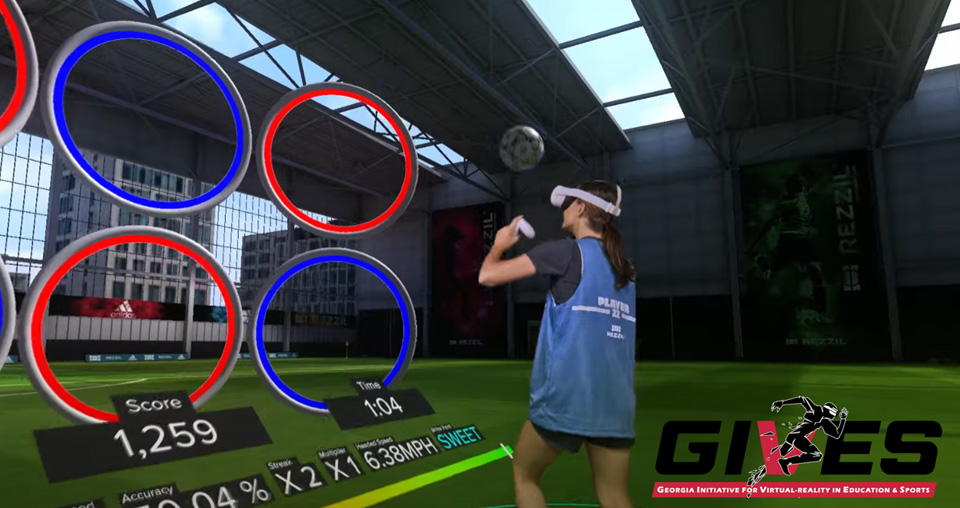
The Arthur M. Blank Family Foundation has extended a $4.5 million grant to the Emory Sports Performance and Research Center (SPARC) to establish the Georgia Initiative for Virtual Reality, Education, and Sport (GIVES) program. This program will utilize virtual reality (VR) technology to analyze scientific discoveries from SPARC, with a focus on minimizing injury risk for young athletes.
The GIVES program, a school-based initiative, will leverage state-of-the-art VR technology to help youth and high school athletes train efficiently for their respective sports without risking their health. Trainers can use the resulting data to make precise decisions for which treatments to use after an injury and when a player is truly ready to return-to-play.
“We will be able to train our student athletes using technology that is similar to what professional athletes use,” explained Flowery Branch High School’s Athletic Director, Jimmy Lawler. “The excitement around VR will not only help our students enjoy the benefits of injury-free physical activity and sport but will also position them for new career paths in science and technology.”
Moving forward, the GIVES program hopes to foster an environment where athletes are far less concerned about injuries and can become more committed to their sports than ever. The project will kick off in Hall County, the home of the IBM Performance Field and the Atlanta Falcons practice facility, with the goal to expand throughout metro Atlanta.
“As leaders in discovering new methods for injury prevention and school outreach care for athletes we are committed to helping youth throughout Georgia achieve their best ability in sports,” added the chair of the Department of Orthopaedics at Emory and Chief Strategy Officer for Emory Healthcare, Scott D. Boden. “This starts with improving the availability of knowledge gained from injury prevention research. We are most excited with this program’s potential to uniquely engage school districts that are underserved and have limited access to these types of technologies or resources.”






